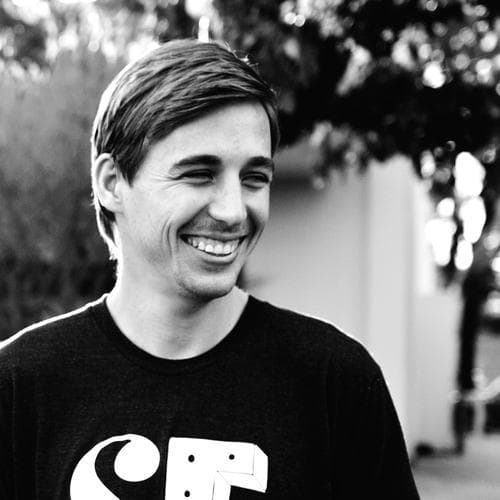Advertisement
Medical Crowdfunding Attracts Top Silicon Valley Investors
Resume
Watsi has become the first charitable company to raise over $1 million in funding from traditional "angel investors" in Silicon Valley.
The non-profit had already made history when it received backing from Paul Graham's elite Silicon Valley incubator Y Combinator.

Graham wrote, "After about 30 seconds of looking at the site, I realized I was looking at one of the more revolutionary things I'd seen the Internet used for."
Watsi — one of the fastest growing non-profits in web history — puts up pictures and profiles of people around the world who need money for medical care.
"I think the simplest way to describe Watsi is we are essentially Kickstarter for medical treatments," Watsi co-founder Chase Adam told Here & Now. "Anyone can go on our website, donate as little as $5, and 100 percent of that donation will directly fund medical care for a specific person somewhere in the world."
Adam came up with the idea when he was riding a bus through a small town in Costa Rica called Watsi.
A woman on the bus was asking for donations for her son's medical care. She had a red folder with her filled with photos of him and his medical records. Adam had an epiphany.
"We have websites like Kickstarter where we can fund movies, we have websites like Kiva where we can directly give a micro-loan to someone anywhere in the world," Adam said. "Why isn't there a website where we can essentially show this woman's red folder to the entire world? A website where we can directly fund medical care for people that need it?"
Guest
- Chase Adam, co-founder of Watsi. He tweets @ChaseAdam17.
Read more
Tech Crunch "It’s not a group of investors one would typically find contributing to a non-profit fundraiser. Watsi founder Chase Adam explains that the reason the company opted for this approach is that the traditional mechanisms for non-profit fundraising sometimes act as a counterproductive force by undermining the social movements they’re trying to support."
VentureBeat "Adam hit on the idea that a website and crowdfunding model could help people in need. He recruited a few developers to help him build a basic website. The key differentiation from other charities is that 100 percent of the donations directly fund medical treatments, and there are no administrative costs."
This segment aired on August 8, 2013.